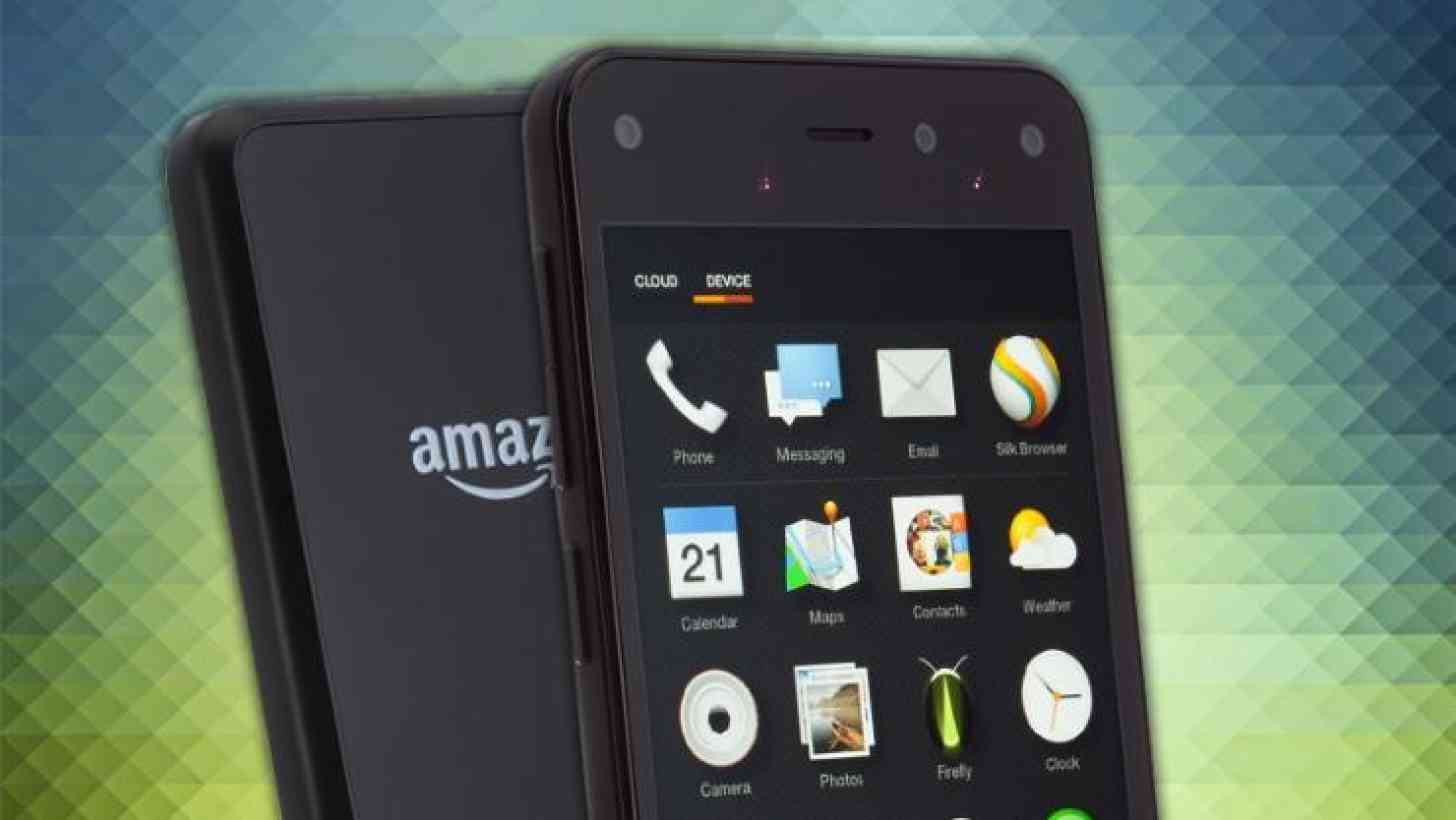
Amazon is, hands down, one of my favorite companies right now. I’ve been an Amazon Prime subscriber for several years now, initially signing up so that I could get that sweet free 2-day shipping with no minimum purchase. Over time, the perks of being a Prime subscriber have greatly increased. Not only do I have access to free 2-day shipping, but I also get free Amazon Prime Music, Prime movies and TV (a selection that has greatly improved here recently), Kindle Owners’ Lending Library, and a whole slew of other perks that come with the yearly subscription.
Amazon Prime isn’t the only reason that I love Amazon, though. I love their Kindle eReader, but I’ve also grown quite fond of their Kindle Fire line of tablets. I recently wrote an article about how I thought the $50 Kindle Fire (which has since come out with more colors and better storage options) was a great tablet for the whole family – especially kids. They’re functional and, depending on the model, extremely cheap. Even the more expensive models of Kindle Fire tablets are still on the affordable side in the grand scheme of things. When it comes to tablets and eReaders, I wouldn’t hesitate to recommend Amazon as an option.
But as successful as Amazon is with many of their products and services, there have also been some notable flops. One of the more recent ones would be the Amazon Fire Phone.
In retrospect, the Amazon Fire Phone itself wasn’t a bad phone. It had perfectly adequate specs that measured up to the competition, and it even had unique features like 3D effects and Firefly, which allowed you to identify objects by simply scanning them with your phone. It also included Mayday, a 24/7 customer service solution, and purchasing the device gave you Prime membership ($99 value) for a year.
However, the Fire Phone also wasn’t that great of a phone, either – and by the time it was released, a phone needed to offer something great to compete with the likes of both Apple’s iOS and other Android devices. The Fire Phone ran on a “forked” version of Android, meaning that it is heavily modified by Amazon to the point where some key features you’d have on a non-forked version of Android are missing such as the Play Store, which is replaced by Amazon’s own App Store. And while Amazon’s App Store also isn’t bad (I am a fan of Amazon Underground), its catalog is dwarfed by Google's Play Store, and is missing some notable apps that many Android users want, such as Gmail, YouTube, and most other Google apps.
I think the fact that the Fire Phone ran FireOS had a lot to do with the phone’s failure, which is hard to explain considering how well it does for the Kindle Fire, which also runs FireOS. Simply put, I think that people expect more out of their smartphones than they do their tablets. Amazon’s Kindle Fire tablets are also extremely affordable, whereas the Fire Phone was not when it first launched ($199 on contract; $649 full price) and when it finally received a price cut to just $199 unlocked, it was too late. Despite that most would agree that the phone would ultimately be worth $199, and especially worth it when it received another price cut down the line to $99, the damage had already been done.
One of the reasons I personally didn’t like the Fire Phone, even as an avid Prime customer and Amazon shopper, was the fact that it really seemed to push purchases. Firefly could help you look up items on the fly, and allowed you to buy the item lickety split if you wanted to. The entire ecosystem was centered around Amazon and buying Amazon products, which makes some sense… but it just seemed so forced. While I love to shop online and I frequently use my tablet to do my online shopping, I don’t want my phone to be built around that.
There seems to be little evidence of a second Fire Phone ever coming to fruition, but I think that if Amazon learned from their mistakes, they would be a good candidate for making affordable mid-range devices. Really, I think the Fire Phone would have had more positive feedback if it had been more affordable. Lose some of the gimmicks that make the device so costly (3D really just doesn’t seem to mix well with phones; I still regret buying into the EVO 3D hype) remove the ability to buy things so easily, slash the price, and maybe take a page from their own book regarding the Kindle Fire and offer more colors, and there’s a solid chance for having a really great mid-range smartphone line-up.
Readers, would you like to see a second Fire Phone? Should it be more like a flagship or mid-range? What changes would you need to see made in order to pique your interest? Let us know your thoughts in the comments below!